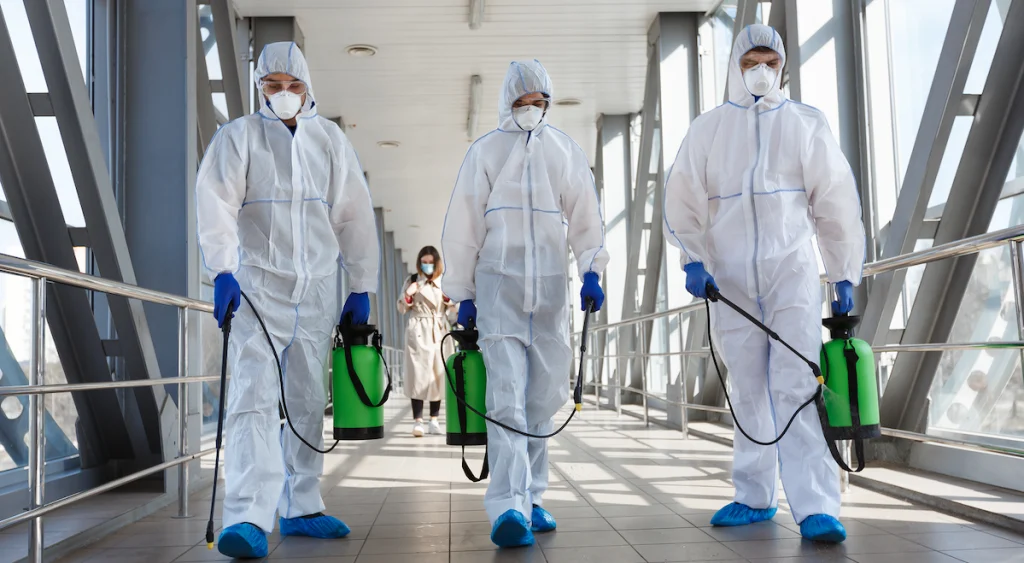
In today’s world, maintaining a clean and disinfected environment is crucial to prevent the spread of germs and diseases. Disinfection involves eliminating harmful microorganisms like bacteria, viruses, and fungi. In this post, we’ll explore the importance of disinfection, common methods, and best practices for keeping your spaces clean and safe.
Why Disinfection Matters
- Disease Prevention: Disinfection helps to prevent the transmission of infectious diseases, such as colds, flu, and foodborne illnesses.
- Hygiene: A clean and disinfected environment promotes good hygiene and a healthier living space.
- Allergen Reduction: Disinfection can also help to reduce allergens like dust mites and mold.
Common Disinfection Methods
- Cleaning with Soap and Water: This is the most basic form of disinfection. Soap helps to break down the outer membrane of viruses and bacteria.
- Disinfectant Solutions: Commercial disinfectants, often containing alcohol or bleach, can be used to kill a wider range of microorganisms.
- Ultraviolet Light: UV light can be used to disinfect surfaces by damaging the DNA of microorganisms.
- Heat: High temperatures can also kill microorganisms, which is why pasteurization is used to disinfect food.
Best Practices for Disinfection
- Regular Cleaning: Clean surfaces regularly to remove dirt and debris, which can harbor germs.
- Proper Disinfectant Use: Follow the instructions on disinfectant products to ensure effective use.
- Focus on High-Touch Areas: Pay special attention to high-touch surfaces like doorknobs, light switches, and countertops.
- Personal Hygiene: Practice good personal hygiene, such as washing your hands frequently.
Disinfection is an essential part of maintaining a healthy environment. By understanding the importance of disinfection and following best practices, you can help to protect yourself and others from harmful microorganisms.
